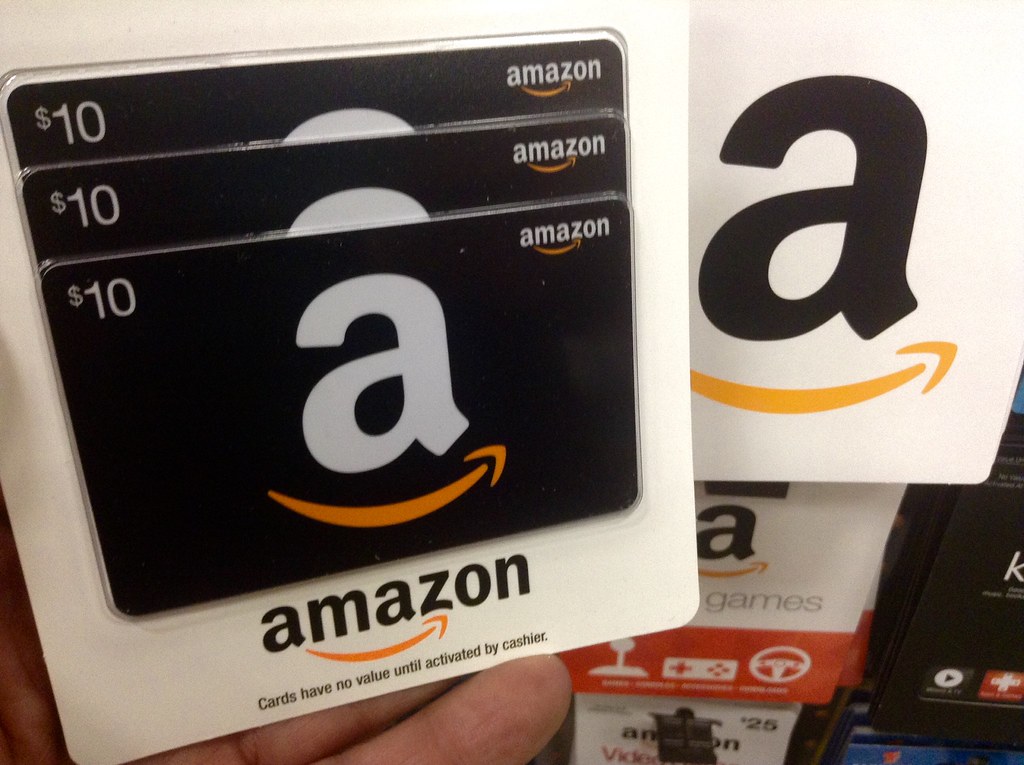If you have a large online following and want to make money from it, opening an Amazon storefront can be a great way to do so. One of the biggest global internet markets is Amazon, and its affiliate program is a fantastic way to get passive income by making product suggestions. In this article, we’ll walk you through the steps of creating an Amazon storefront as an influencer, from preparing for the storefront to managing and maintaining it.
Introduction
A. Explanation of Amazon Storefront
An Amazon storefront is a dedicated page that showcases your recommended products to your audience. As an influencer, you can curate products that align with your brand and niche and feature them on your Amazon storefront. When someone makes a purchase through your storefront, you earn a commission through Amazon’s affiliate program.

B. Importance of Amazon Storefront for Influencers
Creating an Amazon storefront can help influencers monetize their online presence and provide value to their followers. By curating products that align with their niche and brand, influencers can build trust with their audience and provide an easy way for them to purchase products they recommend. An Amazon storefront also provides a centralized location for all of an influencer’s recommended products, making it easier for their followers to find and purchase them.
Preparing for the Amazon Storefront
A. Becoming an Amazon Affiliate
Before creating an Amazon storefront, you’ll need to become an Amazon affiliate. Amazon’s affiliate program, also known as Amazon Associates, allows you to earn a commission on qualifying purchases made through your affiliate links. You must apply on the Amazon Associates website and provide details about your website and social media accounts in order to become an Amazon affiliate.
B. Setting up a Professional Amazon Seller Account
To create an Amazon storefront, you’ll need to set up a professional Amazon seller account. A professional account allows you to create a storefront, list products for sale, and access Amazon’s advertising tools. To set up a professional seller account, you’ll need to provide information about your business, including your legal name and tax identification number.
C. Identifying Your Niche and Selecting Products to Feature
To create a successful Amazon storefront, it’s essential to identify your niche and select products that align with your brand and audience. Your storefront should provide value to your followers and showcase products that you genuinely recommend. Consider the types of products your audience is interested in and select products that align with your niche.
D. Creating a Brand Identity and Designing a Storefront
Once you’ve identified your niche and selected products to feature, it’s time to create a brand identity and design your storefront. Your storefront should align with your brand and feature a cohesive design that appeals to your audience. Consider creating a logo or visual identity to use throughout your storefront and social media channels.
Creating Your Amazon Storefront
A. Setting up the Amazon Storefront
To set up your Amazon storefront, log in to your Amazon seller account and click on the “Stores” tab. From there, click “Create a Store” and follow the prompts to create your storefront. You’ll need to provide information about your storefront, including the name, URL, and logo.
B. Organizing the Storefront
Organizing your storefront is crucial to providing a positive user experience for your followers. Consider organizing your storefront by product category or brand, making it easy for your followers to find the products they’re interested in. You can also feature your best-selling or recommended products on your storefront’s homepage.
C. Creating Product Lists and Categories
To feature products on your storefront, you’ll need to create product lists and categories. Product lists allow you to group similar products together, while categories provide a broader organizational structure for your storefront. When creating product lists and categories, consider your audience’s interests and how they may search for products on your storefront. You can also add a description and images to each product list to provide additional information to your followers.
D. Customizing the Storefront with Graphics and Images
Customizing your storefront with graphics and images can help make it more visually appealing and align with your brand identity. You can upload custom graphics for your storefront’s header and background, as well as add images to your product lists and categories. Consider using high-quality images that showcase the products and appeal to your audience.
Optimizing the Amazon Storefront
A. Writing Compelling Product Descriptions
Writing compelling product descriptions is essential to selling products on your storefront. Your product descriptions should be informative and persuasive, highlighting the product’s features and benefits. Consider using keywords and persuasive language to encourage your followers to make a purchase.
B. Adding Keywords and Meta Descriptions
Adding keywords and meta descriptions can help your storefront appear in search engine results and increase your visibility. Keywords should be relevant to the products you’re featuring and the niche you’re targeting. Meta descriptions should be concise and provide a brief summary of your storefront’s content.
C. Encouraging Customer Reviews
Encouraging customer reviews can help increase your storefront’s credibility and provide social proof to your followers. Amazon allows customers to leave reviews on products they’ve purchased, so make sure to remind your followers to leave a review after making a purchase through your storefront.
D. Promoting the Storefront on Social Media Platforms and Website
Promoting your storefront on social media platforms and your website can help drive traffic and increase sales. Consider creating social media posts or blog articles that highlight products on your storefront or provide recommendations to your followers. You can also include links to your storefront in your social media profiles or website.
Managing and Maintaining the Amazon Storefront
A. Managing Orders and Shipping
Managing orders and shipping is crucial to providing a positive customer experience and maintaining your storefront’s credibility. Make sure to fulfil orders promptly and provide tracking information to your customers. You can also consider using Amazon’s fulfilment services to handle shipping and customer service for your storefront.
B. Updating and Adding New Products
Updating and adding new products can help keep your storefront fresh and engaging for your followers. Consider regularly updating your product lists and categories with new products or promotions. You can also remove products that aren’t selling well or no longer align with your brand.
C. Keeping Track of Inventory and Pricing
Keeping track of inventory and pricing is essential to ensuring that your storefront is up-to-date and accurate. Make sure to regularly review your inventory levels and adjust your pricing as needed to remain competitive.
D. Analyzing Sales Data and Adjusting Strategy
Analyzing sales data can help you understand your storefront’s performance and make informed decisions about your strategy. Consider reviewing your sales data regularly to identify trends or areas for improvement. You can also use this information to adjust your product offerings or promotional strategies.
Video: How to start an Amazon Storefront | Promo tips & more
Conclusion
Creating an Amazon storefront as an influencer can be a lucrative and rewarding opportunity to monetize your online presence and provide value to your followers. Setting up a professional storefront that reflects your business identity and appeals to your customers involves considerable thought and attention to detail. By making your storefront as appealing as possible with product descriptions, keywords, meta descriptions, customer reviews, and advertising, you can get more people to see it and make more sales.
However, it’s important to keep in mind the potential drawbacks, such as competition, managing orders and shipping, and staying up to date with inventory and pricing. Overall, if you’re willing to put in the effort, creating an Amazon storefront can be a valuable addition to your influencer strategy.












